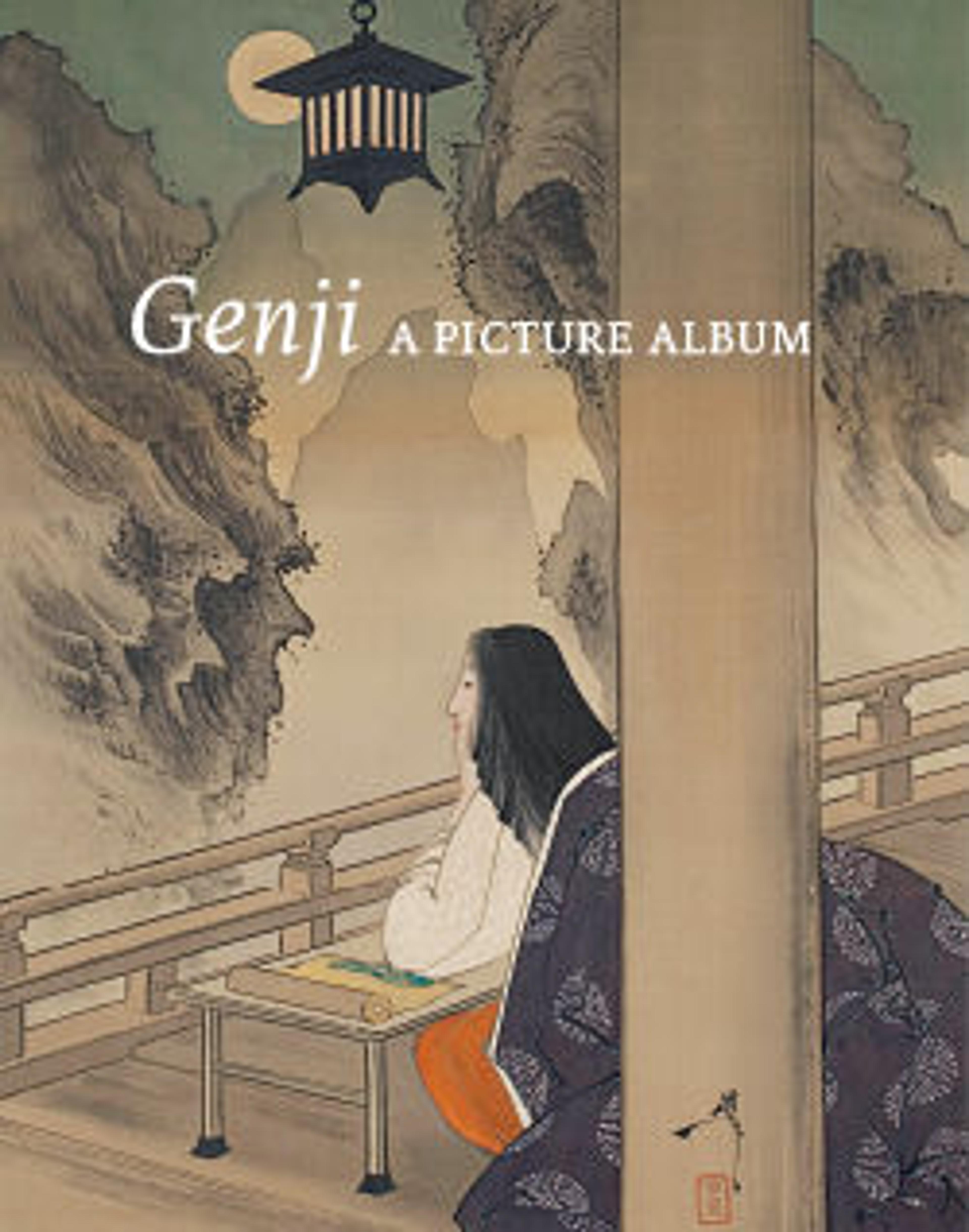“An Imperial Excursion” (Miyuki), “A Boat Cast Adrift” (Ukifune), and “The Barrier Gate” (Sekiya)
Originally mounted on sliding-door panels, these screens once formed two walls of a Genji room. They demonstrate how Genji paintings, with their origins in small formats, were transformed into panoramic architectural programs, here depicting three outdoor scenes within a unified, expansive landscape. The dynamic composition and lavish use of gold epitomize the spectacular large-scale works commonly associated with Momoyama painting, while Tosa Mitsuyoshi’s fine craftsmanship and decorative tendencies are evident in the elaborate gold clouds, some of which contain the small squares of gold foil and gold dust characteristic of his miniature works. On the right is a falconry expedition by Emperor Reizei in Oharano. In the lower left corner is the famous scene of Ukifune and Niou traversing the Uji River in a boat.
Artwork Details
- 源氏物語図屏風「御幸」・「浮船」・「関谷」
- Title:“An Imperial Excursion” (Miyuki), “A Boat Cast Adrift” (Ukifune), and “The Barrier Gate” (Sekiya)
- Artist:Tosa Mitsuyoshi (Japanese, 1539–1613)
- Period:Momoyama period (1573–1615)
- Date:mid-16th–early 17th century
- Culture:Japan
- Medium:Painted sliding doors (fusuma-e) remounted as a pair of four-panel folding screens; ink, color, and gold leaf on paper
- Dimensions:Image (each screen): 65 1/2 in. × 11 ft. 8 in. (166.4 × 355.6 cm)
- Classification:Paintings
- Credit Line:Fletcher Fund, 1955
- Object Number:55.94.1, .2
- Curatorial Department: Asian Art
More Artwork
Research Resources
The Met provides unparalleled resources for research and welcomes an international community of students and scholars. The Met's Open Access API is where creators and researchers can connect to the The Met collection. Open Access data and public domain images are available for unrestricted commercial and noncommercial use without permission or fee.
To request images under copyright and other restrictions, please use this Image Request form.
Feedback
We continue to research and examine historical and cultural context for objects in The Met collection. If you have comments or questions about this object record, please contact us using the form below. The Museum looks forward to receiving your comments.
